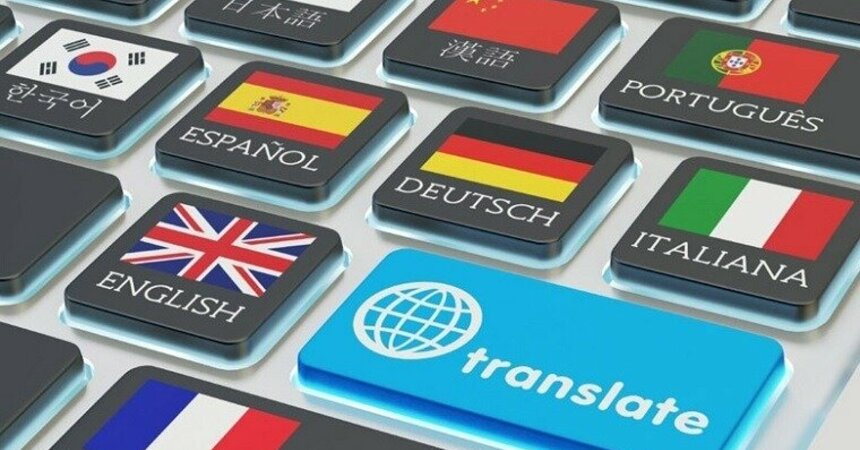When it comes to global trade, international standards and requirements often necessitate accurate and high-quality translation of documentation. The translation of documentation is a crucial aspect for companies aiming to secure competitive positions in new markets. In this article, we will discuss why the translation of documentation is so important and also share useful tips for its successful execution.
Importance of Documentation Translation
Ensuring Compliance with Requirements
Each country has its own laws and regulations regarding products. Incorrect translation can lead to non-compliance, resulting in legal consequences, fines, and delays in market entry.
Enhancing Company Reputation
High-quality translation demonstrates professionalism and care for consumers. Proper and clear presentation of information helps avoid misunderstandings and strengthens trust in the company.
Increasing Competitiveness
Companies that provide accurate and understandable information in the target market's language can more easily win over customers and partners. This is critically important on the international stage, where customers often choose products with the best quality of information and service.
Simplifying Certification Processes
When entering new markets, product certification is required. Incorrect translation of technical documentation or instructions can slow down the certification process and lead to additional costs.
Tips for Documentation Translation
Use Professional Translation Services
Don’t skimp on quality. Professional translators familiar with your industry can ensure the accuracy and adequacy of the text. They consider not only terminology but also the cultural nuances of the language, which can significantly impact the target audience's perception of the information.
Consider the Specificity of Terminology
Each industry has its own specifics and terminology. Make sure that all technical terms are translated correctly. For example, in the field of certification and standardization, the use of correct terminology is crucial for successful market entry.
Collaborate with Industry Experts
Before starting the translation, it is helpful to discuss the project with experts in your field. This will help you better understand which aspects are important for translation and identify potential challenges in adapting the text to the target market's requirements.
Maintain Clarity and Simplicity
When translating documentation, try to avoid complex constructions and long sentences. Clear and concise information significantly simplifies comprehension and the creation of relevant certification documents.
Create a Glossary of Terms
To establish a consistent base of terms, it is useful to create a glossary. This will help maintain consistency in translation and avoid confusion in the use of terms. This is especially relevant if multiple people are working on the translation.
Check the Quality of the Translation
After completing the translation, it is extremely important to perform a recheck. This can be done by having the document verified by professional linguists or, even more effectively, by involving experts from your field to review the translation.
The translation of documentation is not just a technical task but an essential aspect of the strategy for entering international markets. Companies that understand its importance and care about the quality of translation exceed customer expectations and enhance their chances of success in a competitive environment. By following the tips presented and turning to professional services, you can minimize risks and effectively present your products in the global market.
